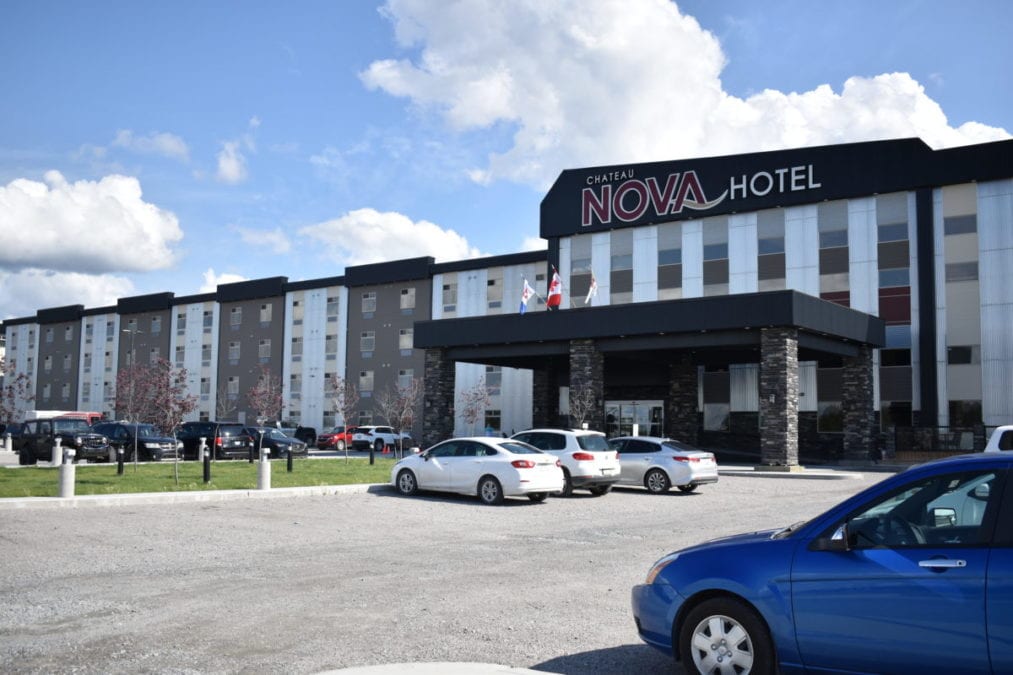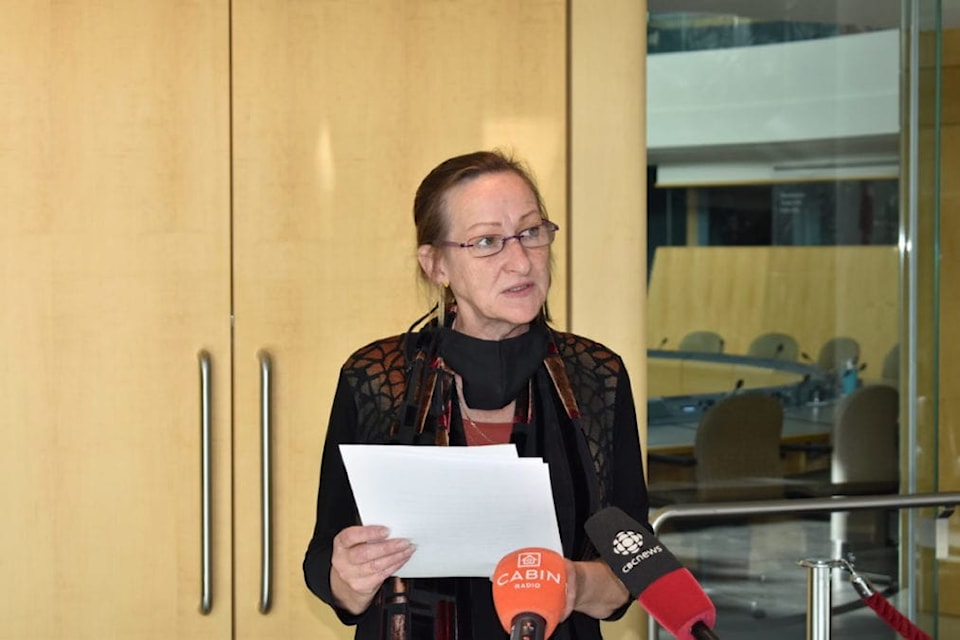It has been eight months since the NWT declared a public health emergency and as experts continue to better understand the Covid-19 virus, the chief public health officer (CPHO) is considering changes to self-isolation requirements.
CPHO Kami Kandola and the GNWT are looking into expanding locations for mandated self-isolation periods, as well as options for controlling costs at isolation centres. Changes in public health orders by the CPHO could allow greater flexibility in where self-isolation is permitted for residents returning from travel outside the NWT.

NNSL file photo
From Oct. 28 to Nov. 3, the GNWT Covid-19 Coordinating Secretariat held five engagement sessions with community governments, business stakeholders and Indigenous governments to gather input on the possible isolation centre changes.
On Tuesday, the GNWT released the What We Heard Report summarizing that feedback.
The comments, though varied on how best to move forward with changes to isolation protocol, were mostly in support of reducing isolation centre costs to taxpayers.
Organizations outlined concerns surrounding community transmission of the virus from larger regional centres that smaller community residents must visit for services. Community governments also expressed worry over limited health-care facility capacity and staffing shortages.
In engagement sessions, community government representatives spoke about a lack of enforcement services as a concern for self-isolation to expand to the smaller communities.
Deputy chief public health officer Dr. Andy Delli Pizzi suggested testing as a tool to determine eligibility for isolating in smaller communities, and repeated testing for those isolating in the communities to address anxieties over community spread.
As isolation centres account for more than half of the GNWT’s costs for implementing the public health orders of the CPHO, engagement groups said the GNWT “should only be paying if it is needed after absolutely necessary travel.”
The Office of the Chief Public Health Officer (OCPHO) and the Secretariat also heard from representatives through letters and previous comments provided to other government departments, which have been included in the report.
The report is “one of many tools that informs the OCPHO about viewpoints across the territory,” the GNWT stated in a press release.
The engagement sessions conducted by the Covid-19 Coordinating Secretariat will assist the CPHO in adapting public health orders that affect locations where mandated self-isolation can take place. The feedback will also allow the GNWT to make better informed decisions about changes and/or adaptations to policy related to controlling costs at isolation centres.
“It’s important we hear, value, and learn from different perspectives as we make decisions,” Premier Caroline Cochrane said. “A coordinated and collaborative approach to making public health order decisions will allow the GNWT to determine how best to assist each unique community when it comes to carrying them out.”
